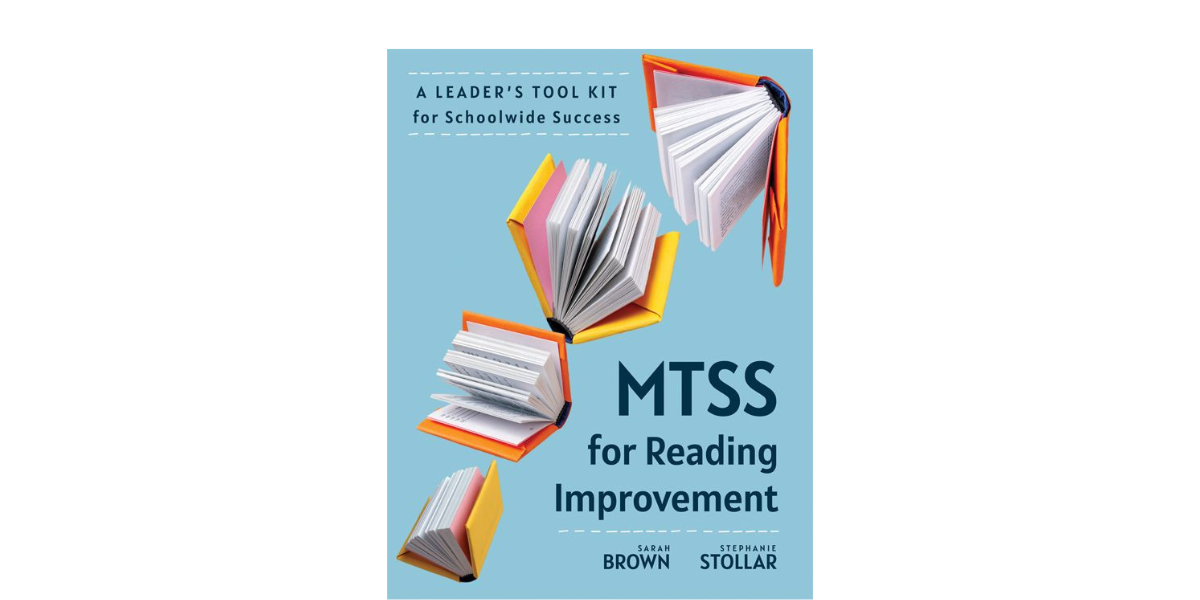Small Group Q & A
As teachers move away from balanced literacy instruction grounded in using leveled text and "word solving" based on the text's meaning, syntax, and visual information, several practical questions emerge about classroom grouping practices.
How much time to spend in whole group vs. small group?
Universal screening data should help answer this question. If most of your students score at the same level on a skill, it makes sense to teach it in a whole group format. However, if there is a wide range of performance on a skill, it might be better to use targeted small group instruction.
Many times, this sorts out into teaching vocabulary listening comprehension, and background knowledge in whole group, and phonemic awareness, phonics, fluency, and reading comprehension in small groups.
How to put students into small groups?
Universal screening data that indicates the essential early literacy skills provides a starting place for forming small groups. Basic patterns of strengths and needs ...
Do We Stop Making Sense When We Assess With Nonsense Words?

I recently posted a video about my love of the Nonsense Word Fluency assessment that generate lots of questions and discussion. People asked for a document that included the points I had made in the video. I couldn't find anything, so I'm attempting a summary here. Let me know what you think.
Why Do So Many Assessments Use Non-words?
Reading non-words is a true indicator of the alphabetic principle and basic phonics. To read non-words, students must apply their knowledge of phoneme-grapheme relationships to decoding.
The alphabetic principle is an essential understanding that includes two parts:
1. the understanding that letters represent sound
2. the ability to recode letter sounds into whole words
Reading non-words requires accurately and automatically matching sounds to symbols, and blending the letter-sounds into words.
Students will only do well on nonword reading if they have acquired the alphabetic principle. Students who are reading via rote memorization of words, and...
Blinded With Science?

If you’ve been following the recent conversation about phonemic awareness, you may be experiencing a range of thoughts and emotions that include avoidance, confusion, and disappointment. I’ve felt all of those, and more!
Many of you have expressed thoughts along the lines of … If the experts can’t agree, then is there really a science of reading?
Although I don’t support the personal attacks and angry rants, I recognize that disagreement and conflicting conclusions are essential elements of science. Science advances through the free exchange of ideas – even opposing and conflicting ideas – in a community of professionals who are willing to keep each other honest.
Raising questions about prevailing beliefs and practices is healthy, normal, and necessary. The ideas and practices that hold up to challenges are the ones we can implement with confidence. The ideas and practices that lack scientific support form the basis for future research.
Because disagreement often feels uncomforta...
Holiday Reading and Gift Guide 2021

|
|
Topics |
Ordering Link |
|
|
1 |
Stone
Reading for Life |
An accessible introduction to the essential early literacy skills, the reading wars, and effective reading instruction. |
|
|
2 |
Archer and Hughes
Explicit instruction |
The definitive guide to designing instruction that is explicit, systematic and sequential. |
|
|
3 |
Gibbons, Brown and Niebling
Effective Universal Instruction |
A practical guide for analyzing and improving Tier 1 reading instruction. |
|
|
4 |
Moats
Speech to Print |
The best way to learn the language foundations of reading and writing. |
Workbook https://amzn.to/3cj1ktB
|
|
5 |
Seidenberg
Language at the Speed of Sight |
A comprehensive review of the reading research and reasons for the gap between research and prac ... |
What is a Vowel?

Before I read Speech to Print or took LETRS training for the first time, I thought there were exactly three things to know about vowels:
- vowels are the letters A E I O and U
- there are 5 of them
- they can be either long or short
Wrong, wrong, and boy was I wrong!
Since that time, I’ve learned soooooo much about vowels. I suspect there is still more to learn. The study of the English language never ends!
I’m going to share a list of what I now think about vowels, and ask you to revise and extend my list.
Here goes…in no particular order:
- vowels are phonemes/sounds that are not consonants
- vowel phonemes can be represented by a variety of letter, well beyond A E I O and U
- every syllable has a vowel phoneme
- vowel phonemes can be categorized as tense or lax
- the syllable type can indicate the pronunciation of the vowel
- vowel phonemes can be reduced to schwa in unstressed syllables
- vowels can change sound when they precede a nasal consonant phoneme such as /n/ or /m/
- vo ...
My Triangle is Upside Down

Every couple of months I hear this phrase …my triangle is upside down… and I am reminded of the need to clarify the tiered systems of support represented by the triangle graphic used in MTSS.
When people say their triangle is upside down, they mean they have more students who are at risk than who are on track. But the three-tiered model is about instruction, not students. There are no Tier 1 students, Tier 2 students and Tier 3 students, only Tier 1 instruction, Tier 2 instruction, and Tier 3 instruction. Understanding the three-tiered model and the purposes of universal screening can provide the mechanisms for turning things around.
The Three-Tiered Model
The three-tiered model is about prevention of reading failure. The tiers describe a system of increasingly intensive instructional supports that cause all students to reach grade-level reading expectations. The tiered model provides a framework for efficiently using data to match student needs to the least intensive instruction ...
Paying Attention to the Letters







Assessment Terms Defined

Have you ever heard someone say they hate standardized tests? Or that schools are doing too much standardized testing?
The term “standardized test” is used to lump together all types of group-administered achievement measures given in schools.
Often, the term “standardized test” is confused with the term “norm-referenced” test, although these are two different aspects of assessment.
Standardized Tests
Standardized tests are given and scored according to standard procedures, typically outlined in an assessment manual. Standardized procedures allow each student to be compared to every other student who was tested under the same conditions. Training is typically needed to learn to give and score the test according to the standard conditions.
Norm-Referenced Tests
The term “norm-referenced” has nothing to do with the way a test is given and scored, but instead refers to the way test scores are interpreted.
In norm-referenced testing, student scores are interpreted relative to oth...
Every Word Wants to Be a Sight Word When It Grows Up

Every Word Wants to be a Sight Word When It Grows Up*
Automatic word recognition is required to facilitate reading comprehension.
To be recognized instantly, words must be stored in long-term memory as wholes, where the spelling, pronunciation, and meaning are fused together. The whole word must be “mapped” into your memory as an integrated unit.
The process of storing words for instant recognition follows the same instructional sequence for highly phonetically regular and phonetically less regular words.
- access the phonemes in the spoken word
- map the phonemes to graphemes
- spell and write the word to dictation
- practice the word in lists, phrases, sentences and decodable books
These practices establish the neural connectivity among the letters, sounds, and meaning of the word.
It is the same process for highly regular and less regular words.
The lower the frequency of the word, and the more irregular spelling representations in the word, the more repetitions that will b...
Waiting On The World To Change

Lately I’ve been hearing from so many teachers and administrators who have caught the reading science fever. Woo hoo! Something you read or heard acted like a spark, lighting a fire in those old nagging feelings about the balanced literacy approach not working well enough for your students. Suddenly you see the light and you want to get everyone around you just as excited as you are.
When we find something new that works, we want to shout it from the roof tops! We can’t understand why everyone wouldn’t save themselves the time and heartache and just get onboard with us! This is what works, now just go do it! This approach rarely works. (I’m remembering one particularly painful holiday visit when I tried to convince my sister to start budgeting.)
Many of you have experienced resistance when trying to get your coworkers onboard with the science of reading. There are some people who just aren’t easily convinced. There might even be some who will work against you. If you are in a leade...


